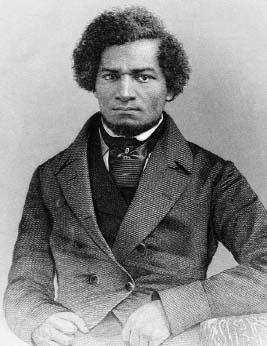LiteratureSlave Narratives |
What is a slave narrative? |
A slave narrative is an intimate view of the life of one who was a slave in America during its early times. It is an autobiography and a memoir. Since few slaves learned to read or write, their stories were often told to another: a scribe, or a sympathetic white person of good social standing and importance. Whether or not the scribe took editorial liberties with the story is unknown, and in some cases this is exactly what makes some scholars skeptical about the truth of the slave narrative.
In 1789 The Interesting Narrative of the Life of Olaudah Equiano, or Gustavus Vassa, the African, Written by Himself was published; it has been called the first critically important slave narrative. As the title indicates, it was, indeed, written by Equiano, or Gustavus Vassa. Unlike American slaves, he was educated and financially able; he gave testimony to his work for abolition in Great Britain and the United States.
The best known slave narrative is Narrative of the Life of Frederick Douglass, an American Slave, Written by Himself and published by Boston’s Anti-Slavery Office in 1845. Written in the slave narrative genre as well were Douglass’s My Bondage and My Freedom (1855) and The Life and Times of Frederick Douglass (1881). Other popular slave narratives were Slave Insurrection, by Nat Turner (1831), who gave accounts of his plan to lead a great destruction to bring about freedom for slaves; Narrative of William W. Brown, a Fugitive Slave, Written by Himself (1845); Narrative of Sojourner Truth, a Northern Slave, Emancipated from Bodily Servitude by the State of New York, in 1818 (1850); Running a Thousand Miles for Freedom; or the Escape of William and Ellen Craft from Slavery (1960); and Harriet Ann Jacobs’s Incidents in the Life of a Slave Girl, Written by Herself (1861).
So popular was Douglass’s work that it spurred a speaking career for him; others had invitations as well to tell their stories and to work on behalf of the abolition movement. Some slave narratives remain unpublished and thus were lost to literary history for many years. Supplementing this source of information on slaves are the oral history interviews on former slaves collected by the Federal Works Progress Administration in the 1930s, and others that sociologist Charles Spurgeon Johnson collected while leading studies at Fisk University, which were published as God Struck Me Dead (Pilgrim Press, 1969). The slave narrative is often included in literature courses on college and university campuses and discussed as well in works on African-American literature.

Frederick Douglass’s slave narrative was so enormously popular it launched his successful speaking career.
